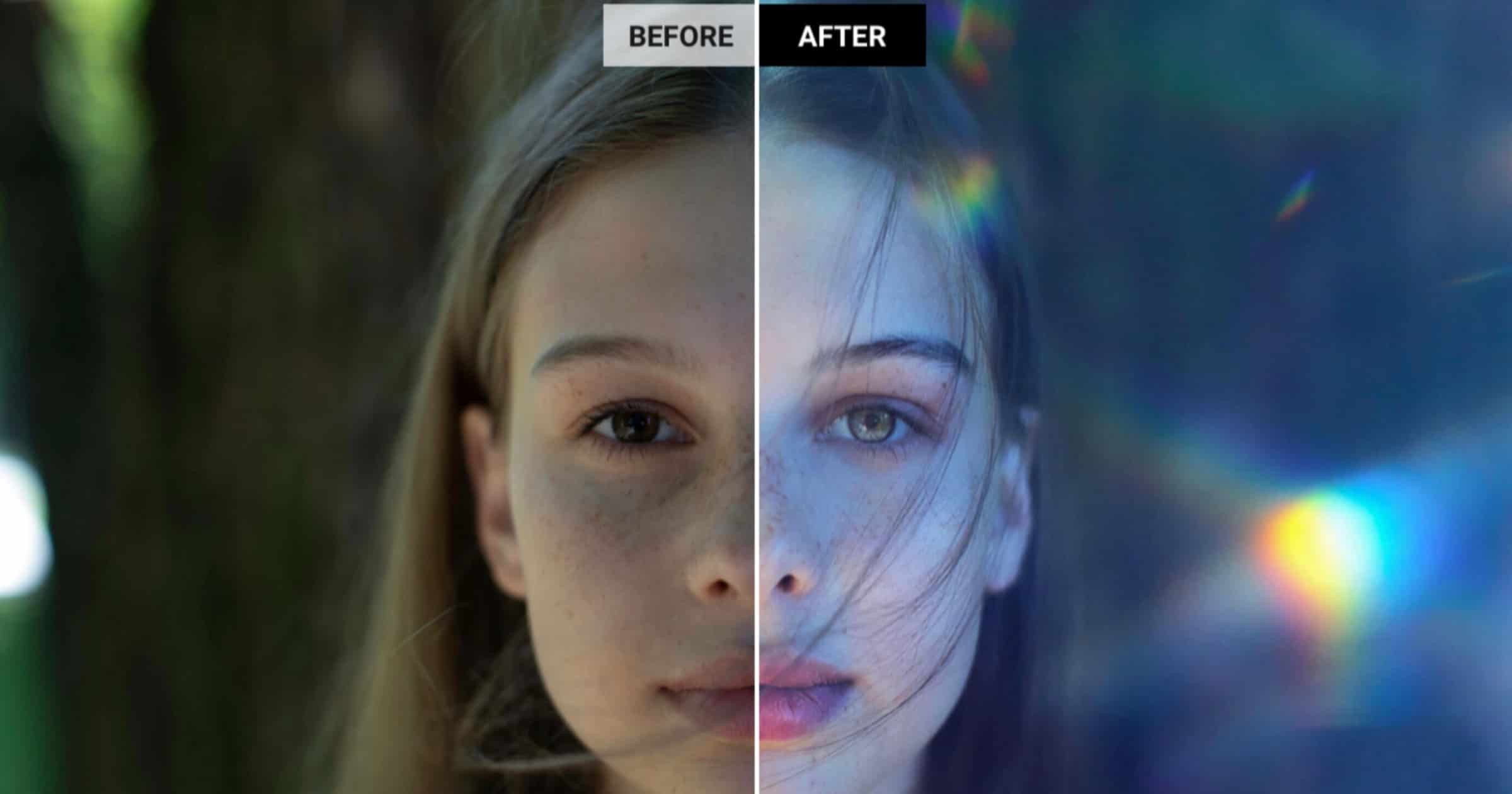

Once you've applied a template you can export the edited image, or delve into Luminar AI's editing tools to make your own changes. Templates wrap a set of editing actions, designed to give a specific set of effects. Luminar AI's image analysis tools select appropriate groups of templates for an image, from which you can chose one to apply. When you select an image, you're presented with a set of curated templates in the editing pane. Images are displayed in a thumbnail grid. It will work with most image formats, including raw images.īuilding a catalog is a matter of locating image folders and then scanning for pictures. Once installed, the app offers a relatively simple workflow that guides you through four steps: working with a catalog, applying templates, using the edit tools, and exporting your processed images. I'd recommend using it full-screen on as large a display as possible to get the most from your pictures. The app has a clean, open look to it, with a dark background that allows you to focus on your images. Installation is easy enough, with a fairly hefty download. Image: Simon Bisson / ZDNet Getting started

Like most photographic tools, Luminar AI uses a lightbox metaphor, helping you view catalogued image folders as a set of filmstrips. If you see inaccuracies in our content, please report the mistake via this form. If we have made an error or published misleading information, we will correct or clarify the article. Our editors thoroughly review and fact-check every article to ensure that our content meets the highest standards. Our goal is to deliver the most accurate information and the most knowledgeable advice possible in order to help you make smarter buying decisions on tech gear and a wide array of products and services. ZDNet's editorial team writes on behalf of you, our reader. Indeed, we follow strict guidelines that ensure our editorial content is never influenced by advertisers. Neither ZDNet nor the author are compensated for these independent reviews. This helps support our work, but does not affect what we cover or how, and it does not affect the price you pay. When you click through from our site to a retailer and buy a product or service, we may earn affiliate commissions. And we pore over customer reviews to find out what matters to real people who already own and use the products and services we’re assessing. We gather data from the best available sources, including vendor and retailer listings as well as other relevant and independent reviews sites. He's been gaming since the Atari 2600 days and still struggles to comprehend the fact he can play console quality titles on his pocket computer.ZDNet's recommendations are based on many hours of testing, research, and comparison shopping. Oliver also covers mobile gaming for iMore, with Apple Arcade a particular focus. Current expertise includes iOS, macOS, streaming services, and pretty much anything that has a battery or plugs into a wall. Since then he's seen the growth of the smartphone world, backed by iPhone, and new product categories come and go.
#Luminar ai for iphone mac#
Having grown up using PCs and spending far too much money on graphics card and flashy RAM, Oliver switched to the Mac with a G5 iMac and hasn't looked back.

At iMore, Oliver is involved in daily news coverage and, not being short of opinions, has been known to 'explain' those thoughts in more detail, too. He has also been published in print for Macworld, including cover stories.
#Luminar ai for iphone Pc#
Oliver Haslam has written about Apple and the wider technology business for more than a decade with bylines on How-To Geek, PC Mag, iDownloadBlog, and many more.


 0 kommentar(er)
0 kommentar(er)
